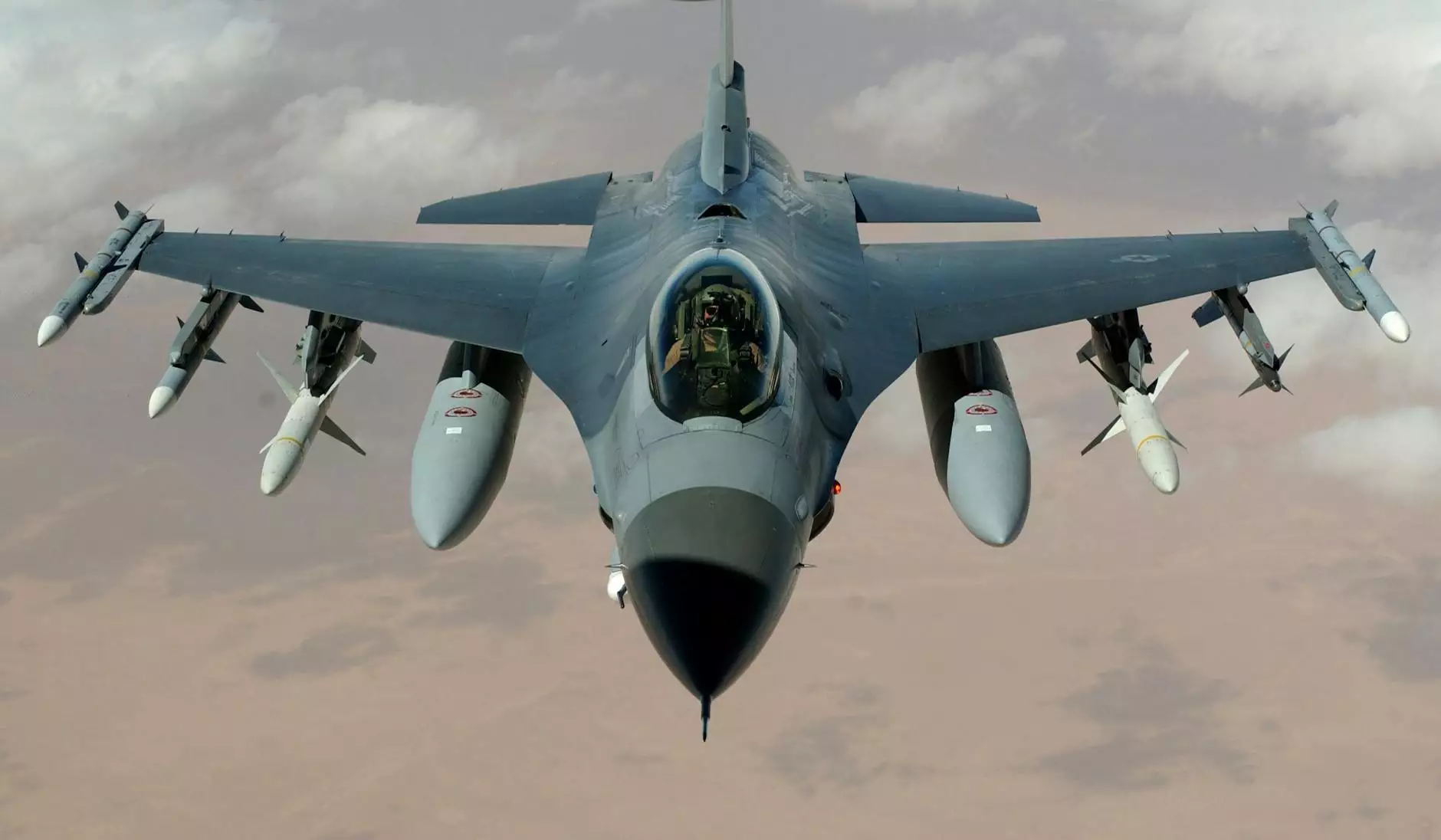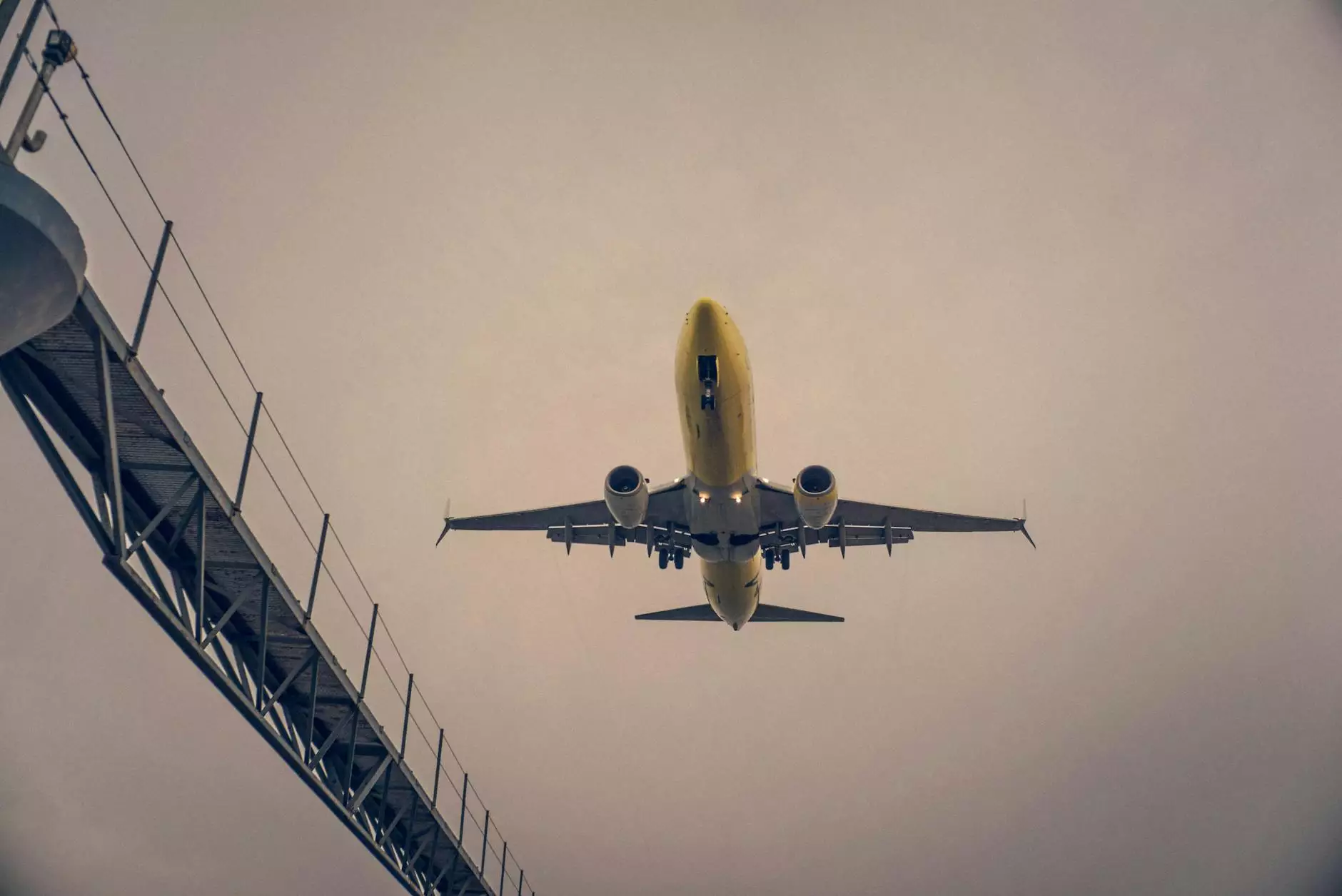Widebody: The Launch of the Jumbojets in the Early 1970s

Introduction
Welcome to La Historia Society's exhibition on the launch of the jumbojets in the early 1970s. In this community and society category, we delve into the remarkable history of widebody aircraft and their immense impact on global aviation. Join us as we explore the fascinating journey of these groundbreaking airplanes and their significance in shaping the aviation industry.
Chapter 1: The Birth of the Widebody
In the early 1970s, a new era dawned upon the aviation world with the introduction of widebody airplanes. These advanced aircraft revolutionized air travel, offering unprecedented passenger comfort, increased capacity, and improved fuel efficiency. The birth of the widebody was a result of continuous technological advancements and a growing demand for efficient long-haul flights.
1.1 Technological Breakthroughs
The development of widebody aircraft was made possible by significant technological breakthroughs in aerospace engineering. Engineers and innovators worked tirelessly to design larger and more efficient planes that could accommodate the demands of long-distance travel. These breakthroughs included the introduction of more powerful engines, advanced materials for weight reduction, and innovations in structural design and aerodynamics.
1.2 Aircraft Manufacturers in Competition
During this period, major aircraft manufacturers such as Boeing and Airbus engaged in fierce competition to develop the most capable widebody aircraft. The Boeing 747, also known as the "Jumbojet," and the Airbus A300 were the first aircraft to successfully capture the market and dominate the skies. These iconic planes showcased the power of human ingenuity and forever changed the way people traveled.
Chapter 2: Impact and Significance
The introduction of widebody aircraft had a profound impact on numerous aspects of aviation and society as a whole. Let's explore some of the key areas where these jumbojets left an indelible mark:
2.1 Passenger Experience
With their spacious cabins, wide aisles, and enhanced amenities, widebody aircraft revolutionized the passenger experience. Air travelers could now enjoy more legroom, comfortable seating, and a range of in-flight services. The ability to walk around and socialize within the aircraft created a new level of comfort and convenience during long-haul flights.
2.2 Route Expansion and Accessibility
Widebody aircraft enabled the opening of new long-distance routes that were previously unviable. The extended range and increased passenger capacity made it economically feasible for airlines to connect destinations around the globe. This resulted in improved accessibility and connectivity, bringing people closer and fostering cultural exchange on an unprecedented scale.
2.3 Economic Implications
The arrival of jumbojets brought significant economic implications to the aviation industry and the regions served by these planes. The increased passenger capacity boosted tourism, fueled economic growth, and stimulated the development of airport infrastructure. Moreover, the demand for air travel generated job opportunities, propelling the travel and hospitality sectors forward.
Chapter 3: Legacy and Historical Significance
The legacy of the jumbojets continues to shape the aviation industry and global society. Their historical significance lies not only in their influence on air travel, but also in their ability to inspire countless innovations and advancements. The iconic nature of widebody aircraft makes them a symbol of human progress and achievement.
3.1 Evolving Landscape of Aviation
The introduction of widebody aircraft marked a turning point in aviation history. It paved the way for the development of new aircraft technologies and designs. We witnessed the subsequent introduction of twin-aisle aircraft, advanced avionics, and more fuel-efficient engines, all of which were built upon the foundation laid by the jumbojets.
3.2 Cultural Significance
Widebody aircraft became cultural icons that transcended the world of aviation. They were woven into the fabric of popular culture and became synonymous with the concept of air travel itself. These airplanes appeared in movies, television shows, and advertisements, capturing the imagination of generations and leaving an indelible mark on their collective consciousness.
Conclusion
The launch of widebody jumbojets in the early 1970s forever changed the course of aviation history. La Historia Society invites you to explore the rich heritage and incredible impact of these groundbreaking aircraft. Join us on this journey, as we celebrate the spirit of innovation and the relentless pursuit of progress that made the jumbojets a true marvel of engineering and design.










